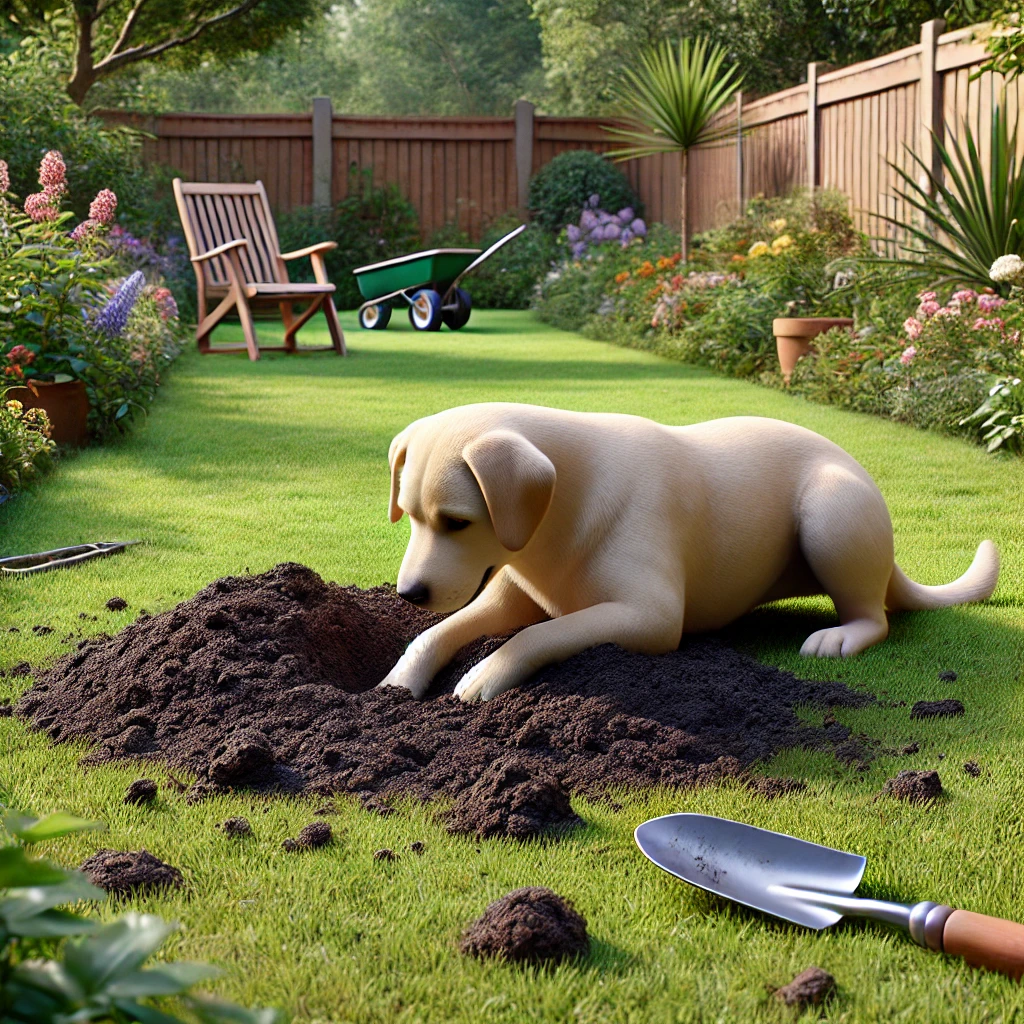
How to Care for Your Wooden Cutting Board: A Step-by-Step Guide
Have you ever wondered why some wooden cutting boards seem to last forever, while others deteriorate quickly? The secret lies in proper care and maintenance. A wooden cutting board isn’t just a tool for preparing food; it’s a long-term investment in your kitchen’s health and functionality.
In this article, we’ll guide you through the essential steps to keep your cutting board in excellent condition, ensuring it remains both useful and visually appealing for years to come.
Why is Maintaining a Wooden Cutting Board Important?
Taking good care of your wooden cutting board is crucial for several reasons. It impacts not only the board’s lifespan but also its hygiene, performance, and the overall look of your kitchen.
1. Hygiene
Wood is naturally porous, which means it can absorb liquids and trap food particles. If not cleaned properly, these remnants can become breeding grounds for bacteria, leading to potential foodborne illnesses. By cleaning your board regularly and drying it thoroughly, you can avoid bacterial growth and ensure safe food preparation. Additionally, proper care helps prevent cross-contamination, especially when cutting raw meats and vegetables on the same board.
2. Durability
Regular maintenance significantly extends the life of your cutting board. Oil treatments keep the wood from drying out, preventing cracks and warping. Without this care, the board becomes more prone to damage, which can not only make cleaning harder but also invite bacteria. By keeping your board well-oiled and drying it upright after each use, you avoid frequent replacements and preserve your investment.
3. Performance
A well-maintained wooden board ensures a stable, smooth surface for precision cuts, making your food preparation more efficient. A smooth surface also reduces wear on your knives, helping them stay sharper for longer.
4. Aesthetic Appeal
Wooden cutting boards add warmth and charm to any kitchen. Regular upkeep preserves their natural beauty, ensuring they continue to look inviting and stylish, whether you’re slicing ingredients for a casual meal or preparing a gourmet feast. The condition of your board reflects your pride in your kitchen’s appearance and functionality.
How to Clean a Wooden Cutting Board
To keep your wooden cutting board in top condition, follow these cleaning steps after every use:
Step 1: Scrape Off Food Residue
Use a bench scraper or damp cloth to immediately remove any food particles. This step helps prevent food from hardening and becoming difficult to clean later.
Step 2: Wash with Warm, Soapy Water
Use a soft sponge or brush to gently scrub the board with warm, soapy water. Avoid harsh detergents that may strip the wood’s natural oils. Be sure to clean the entire surface, including sides and any grooves.
Step 3: Rinse and Sanitize
Rinse the board thoroughly to remove any soap residue. To sanitize, wipe down the surface with a vinegar solution (one part vinegar to four parts water). Vinegar effectively kills bacteria and neutralizes odors without harming the wood.
Step 4: Dry Thoroughly
After cleaning, dry the board completely with a clean towel. Stand it upright to air dry, preventing moisture buildup that could lead to mold or mildew.
Step 5: Regular Oiling
Once your board is dry, apply a food-safe mineral oil or beeswax-based cream to nourish the wood. Oiling the board helps keep it hydrated and prevents cracking. Use a clean cloth to apply the oil in the direction of the grain, allowing it to absorb overnight before wiping off any excess.
Wooden Cutting Board Maintenance Tips
To keep your wooden cutting board looking and working its best, consider these maintenance tips:
1. Avoid Extreme Temperatures
Wooden cutting boards can warp or crack if exposed to extreme heat or cold. Keep your board away from hot ovens, stovetops, and refrigerators to protect it from temperature damage.
2. Use the Right Tools
To avoid scratches and preserve the surface, use appropriate cutting tools. Knives with high-quality blades, like those from Caraway’s Prep and Boards Set, are perfect for cutting without damaging your board.
3. Monthly Oiling
Regular oiling, about once a month, helps prevent the wood from drying out. Apply a thin layer of mineral oil or beeswax to condition the board and protect it from moisture damage.
4. Deep Cleaning
Every few months, give your cutting board a deeper clean by scrubbing away any rough spots and applying a generous amount of oil. This helps restore the board’s finish and water resistance.
5. Proper Storage
Store your cutting board in a dry, well-ventilated area. Always make sure it’s fully dry before putting it away. A proper storage solution, like Caraway’s cutting board organizer, can keep your board safe from moisture and potential damage.
When to Replace Your Wooden Cutting Board
Even with the best care, your wooden cutting board will eventually need replacing. Watch for these signs that indicate it’s time to retire your old board:
1. Deep Grooves and Cuts
As your board gets used over time, knife marks can form deep grooves. These create hiding spots for bacteria, making it harder to clean thoroughly. If sanding doesn’t fix the damage, it may be time to replace the board.
2. Cracks and Splits
Exposure to moisture or heat can cause wooden boards to crack. These cracks not only look unappealing but can also harbor bacteria and make the board structurally unsafe for food preparation.
3. Warping
A warped board is not only an inconvenience but a safety hazard. If your board no longer lies flat on the counter, it can cause instability while cutting, increasing the risk of knife slips and injuries.
4. Persistent Odors
If your board continues to smell even after deep cleaning, it may have absorbed too much bacteria, indicating it’s time for a replacement.
5. Aesthetic Deterioration
Sometimes, the appearance of the board may be the deciding factor. If your board no longer looks appealing, despite your best cleaning efforts, consider upgrading to a new one that fits your kitchen’s style.
Conclusion
With the right care, your wooden cutting board can serve you well for many years. By following these cleaning and maintenance steps, you’ll preserve its hygiene, performance, and beauty. Remember, a well-maintained cutting board is more than just a tool; it’s a reliable partner in your culinary creations. Ready to upgrade your kitchen? Explore our high-quality cutting board sets and enhance your cooking experience.
Visit our website to find the perfect cutting board and other kitchen essentials that combine style, quality, and sustainability.








